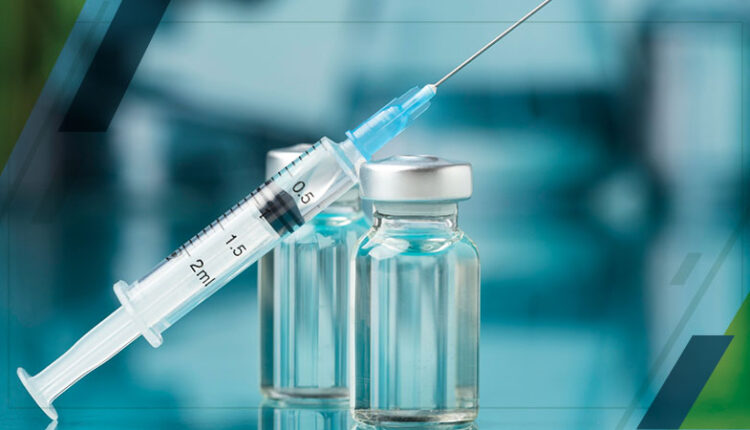During the COVID-19 pandemic, there has been widespread awareness regarding the outbreak of the virus and the subsequent development and distribution of vaccines. Medical syringes have been instrumental in administering these vaccinations. They have served as an essential tool in the global effort to combat the spread of the virus.
In this blog, we will explore the pivotal role of these instruments in the medical realm. Let’s dive in!
What is a Medical Syringe?
A medical syringe, or medication syringe, is a device used to inject fluids into or withdraw fluids from the body. It comprises a slender needle that is equipped with a sliding plunger and attached to a hollow cylinder. The downward movement of the plunger injects fluid whereas the upward movement withdraws fluid. These syringes are easy to use and help in vaccinations and administering various diseases, such as HIV, TB, and COVID-19. Most syringes used in medicine today are made of plastic and are disposable, eliminating the need for cleaning and sterilization before reuse.
Understanding the Common Types of Medical Syringes
Various types of medication syringes are available, depending on the type of nozzle tip. Let’s take a brief look at some of its main types:
- Luer Slip: The luer slip is also referred to as the slip tip. Luer slip syringes use a hypodermic needle to secure a strong connection and require pushing the needle onto the syringe end.
- Luer Lock: This type of syringe needs to be securely fitted at the tip, ensuring that no liquid can leak. These syringes are mostly used in the medical field.
- Luer Slip Eccentric: It is utilized for injections parallel to the skin. Its off-center tip, aligned with the outer side of the barrel, makes it ideal for injecting into a vein or artery.
- Catheter: A catheter is often employed for tubing injections with a larger slip-tip needle, particularly when compared to a standard slip-tip syringe.
These various types of syringes serve diverse purposes in the medical field, catering to specific needs such as vaccinations, medication administration, and blood sample collection across healthcare settings.
How Do We Dispose Medical Syringes?
Medication syringes should be disposed of carefully to prevent injuries and infections. Sharps should be placed in a sharps bin, while infectious waste from home use can be disposed of in regular household trash, ensuring proper packaging to prevent injury. Recently, on November 30, 2023, the FDA issued a safety warning about potential malfunctions of syringes manufactured in China and sold under American names, posing concerns about potential leaks, breakage, and a potential lack of uniformity.
The specific medication syringes that are used in administering various viral diseases, such as COVID-19, TB, or HIV, need more secure use and proper disposal. Notably, used medication syringes can cause injuries to people and animals. To avoid this situation, the Food and Drug Administration of the U.S. guides the responsible disposal of these syringes to ensure the safety of individuals and the community.
Another option is to use reusable medical syringes, which offer cost-effectiveness, reduced environmental impact, and ease of use in healthcare settings. Even though, these syringes generate less plastic waste and provide consistent performance. It is important to adhere to strict protocols to ensure patient safety and regulatory compliance. One example of a company that offers reusable syringes is Gerresheimer, a leading manufacturer in the syringe market. Renowned for its significant manufacturing capability, this company offers a diverse range of syringe customization options. These syringes can be used in auto-injectors and various other devices.
What’s Next in Medical Syringes?
In the field of medical treatment, needle-stick injuries are a considerable danger, and the recovery of needles is a top priority. The U.S. National Institute of Health has conducted a recent study that presents an electronic approach to automatically detaching needles from needling instruments.
The mechanism of the device incorporates a rotating point, a photo interrupter, and an optical sensor to accurately determine the location of the needle. After use, this syringe’s needle is removed automatically and placed into a designated box for needle disposal.
This groundbreaking solution guarantees a safer and more effective approach to needle recovery in medical treatment, as evidenced by a 100% success rate in fatigue testing across various test groups.
Quick Recap
Medical syringes play a crucial role in healthcare, facilitating the administration of medications and vaccines. It is imperative to prioritize safe disposal practices to prevent injuries and infections while also embracing innovative advancements to enhance safety and efficiency in syringe usage. By adhering to proper disposal guidelines and embracing new technologies, the healthcare community can continue to promote patient safety and environmental sustainability.


